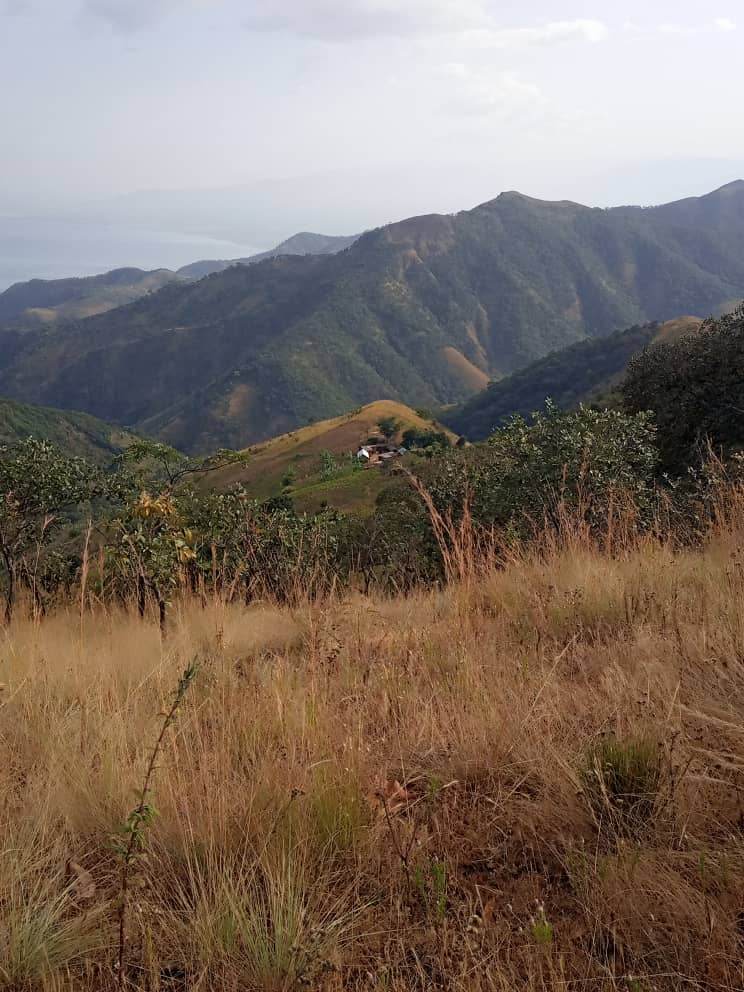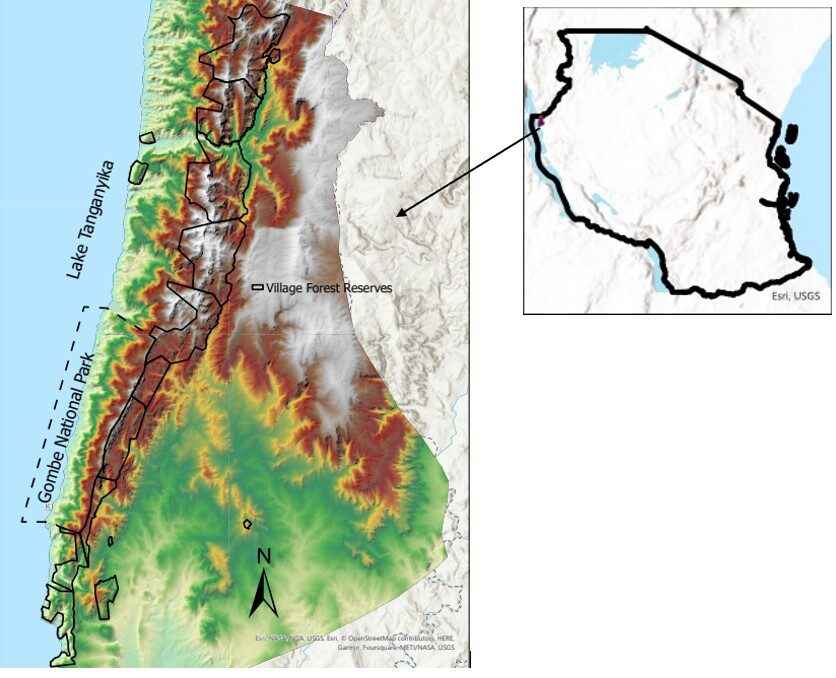Local communities in Africa are among those who contribute the least to climate change, but they are also among those who are most at risk from it. Yet they might also be among the most innovative forerunners in leading the path for a future that is more climate resilient: encouraging restoration and conservation.
Forest and woodland regeneration dynamics and persistence in human-modified landscapes in the Greater Gombe Ecosystem, Tanzania.
Many species are in danger of going extinct as a result of human activities destroying tropical forests and woodlands. Vast areas of forests and woodlands have been converted to fragmented patches located within mosaics of different land uses (e.g., agricultural lands and human settlements). As a result, around 70% of terrestrial ecosystems are currently modified, making the occurrence of human-modified landscapes common. Thus, the survival of tropical biodiversity largely depends on our ability to preserve it in these landscapes. Community-managed forests have been advocated by many conservationists as a means of encouraging the restoration of degraded land and persistence in these ecosystems. However, there is limited empirical data on how these reserves affect the maintenance and restoration of forest structure, carbon stocks, and the quality of feeding habitat for vulnerable species, such as chimpanzees in human-modified landscapes. Additionally, little is known about how different features of the environment, anthropogenic factors (e.g., wildfire), and plant functional traits affect the variation of forest structure in these reserves in the human-modified landscapes.

My research aims to 1) understand the relative influence of various features of the environment, anthropogenic factors, and functional traits of plants on the variation of forest regeneration, persistence, and carbon storage patterns in these community-managed forests, and 2) quantify the conservation value of these reserves. I selected the Greater Gombe Ecosystem in Kigoma, Tanzania, as an illustration of the altered landscapes to address these problems.
The Greater Gombe ecosystem includes Gombe National Park and the land of 27 nearby villages. It covers about 640km2 with approximately 45 village land forest reserves. Gombe forms the core area of the ecosystem, providing a habitat for wild animals, including an iconic population of chimpanzees, the subjects of the first long-term study of wild chimpanzees. The recognition that conserving the park alone will be insufficient for ensuring the future viability of the study population played a major role in prompting efforts to work with local communities to conserve forests and watersheds outside of the park. This led to the establishment of village land forest reserves in these villages. Prior to the establishment of these reserves, much of this area was deforested by people engaged in subsistence farming, harvesting trees for building materials, and firewood. Since 2005 the Jane-Goodall Institute and local government authorities in Tanzania have facilitated the establishment of these reserves through participatory land-use planning. In this project, I am focusing on 16 of these village forest reserves, which are those closest to Gombe.
I divided my research into three themes:
Theme 1: Landcover change in the Greater Gombe Ecosystem
Theme 2: Relative influence of topographic and anthropogenic
factors on landcover change at the landscape-scale
in the Greater Gombe Ecosystem
Theme 3: a) Patterns of forest structure, composition, carbon
storage, and quality habitat for wildlife in mature and
regenerating forests, and
b) how functional traits of plants, topographic and
anthropogenic factors affect these processes in the
Greater Gombe Ecosystem
